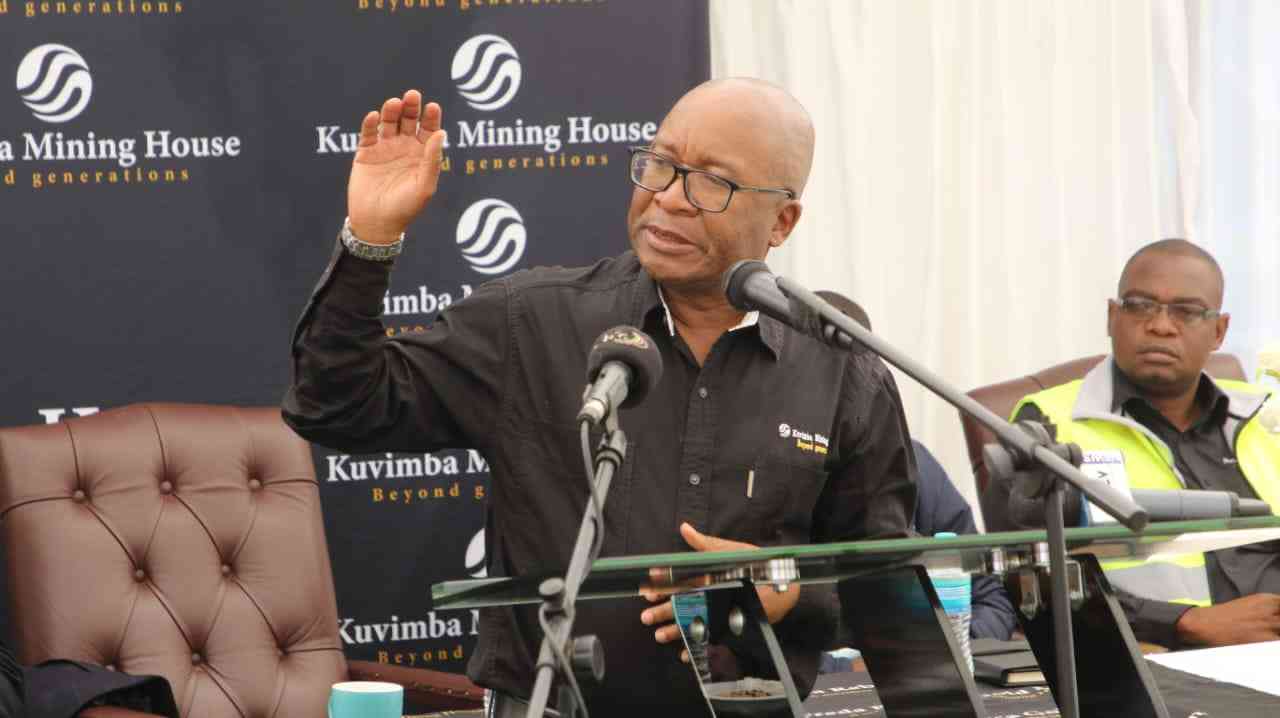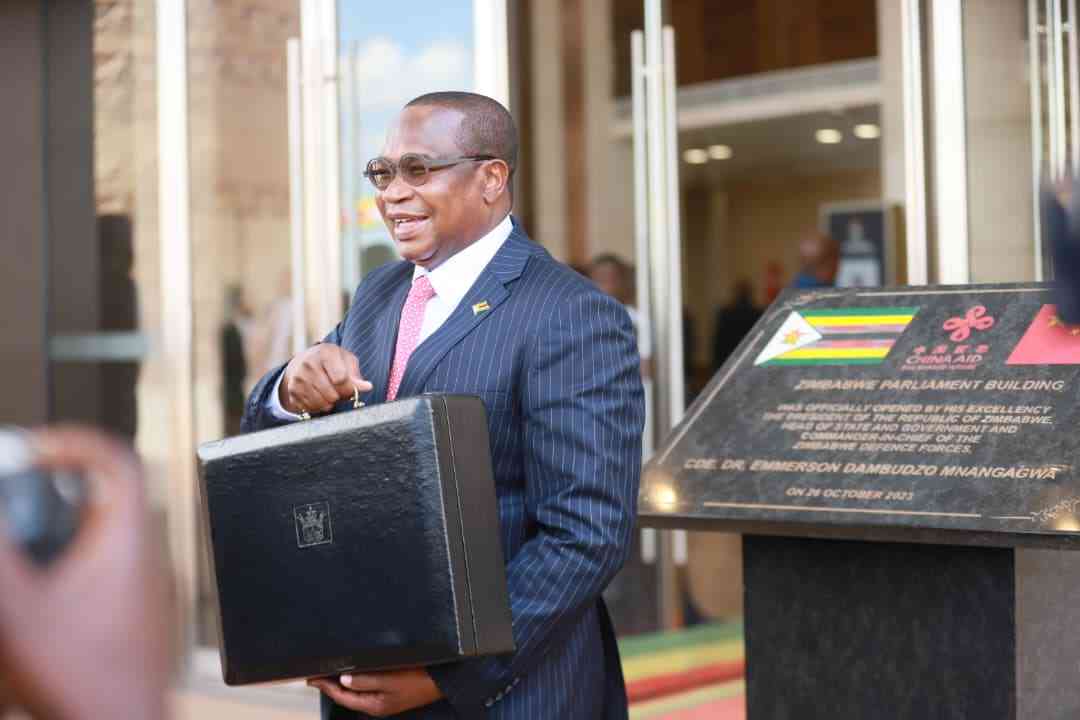
THE Kuvimba Mining House (KMH) gold cluster achieved impressive results in the financial year ended March 2025, producing 3 605 kilogrammes of gold and generating nearly US$300 million in revenue, driven by a strong gold price and efficient operations.
The cluster consists of Freda Rebecca Gold Mine, Shamva Gold Mine, and Jena Mines.
Presenting the results on Wednesday at Freda Rebecca, KMH head of gold cluster Patrick Maseva-Shayawabaya said the stellar results highlight successful execution of the miner's hybrid operating model during a period of firming gold prices.
"As the KMH gold cluster, we consider this an excellent performance. Whether we are the largest producer or not, we are pleased with the results, given the numerous challenges faced," he said.
"This achievement reflects the collective effort of our management teams, workers, and business partners—particularly under our hybrid model, where much of the work is carried out by contractors.
"Compounding this success, the gold price followed an upward trajectory throughout the financial year, allowing us to maximise revenue. Consequently, the cluster’s revenue reached just under US$300 million, up from US$205 million the previous year."
Financially, the group achieved a gross margin of 52%, a significant increase from 33% the prior year.
Earnings before interest, tax, depreciation, and amortisation stood at US$104 million, compared to US$37 million previously, while profit before tax also saw a substantial rise to US$69 million, up from US$1,4 million.
- Feature: Revolving door of Zim's mining investment keeps on spinning
- Nzenza speaks on Zisco
- BNC promises full disclosure to investors
- Govt blocks small-scale miners from lithium fields
Keep Reading
In terms of production, monthly output averaged 205kg for Freda Rebecca, 65 to 70kg for Shamva, and 30kg for Jena, totalling 300kg per month on average.
In total, the company produced 3 605kg of gold, up from 3 246kg the previous year.
Cash costs rose by 6%, partly due to higher production.
However, Maseva-Shayawabaya said cash cost per ounce decreased from US$1 490 to US$1 421, though "we aim to reduce this further to US$1 300 in the current year."
The company allocated US$18 million to capital expenditure.
He said the tailings storage facility, previously their top risk, is nearing completion by end-June.
Other expenditures included US$1,7 million for Shamva’s capital development and waste stripping, and US$500 000 for Jena’s minimal capex.
Regarding employment, Maseva-Shayawabaya said the three companies directly employ 2 600 people.
Subcontracted companies employ a further 1 200 people, bringing the total number reliant on the KMH gold cluster for employment and livelihoods to 3 800.
Of the 2 600 directly employed by the KMH gold cluster, 6% are women.
"However, we are actively working to increase this figure to 15% by 2027, with aspirations to go even higher thereafter. Our approach to employment focuses on empowerment and capability development, ensuring individuals can realise their full potential," he said.










